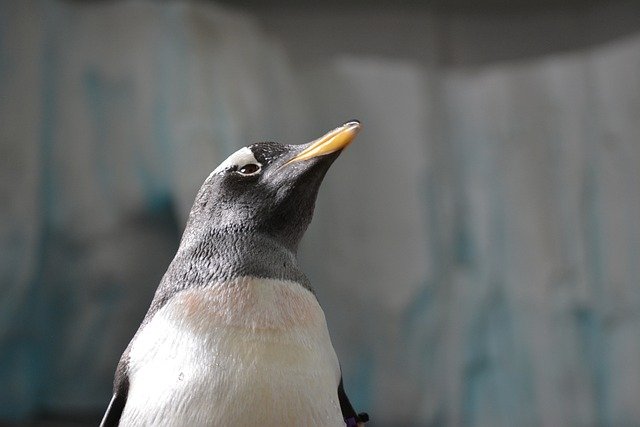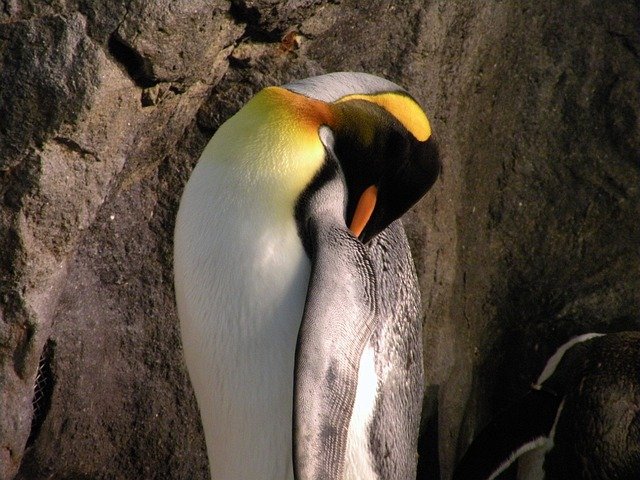
The Secret Life of Penguins: Social Structures and Survival Strategies
Penguins are fascinating creatures that have captured the hearts of many with their charming waddles and tuxedo-like appearances. However, there is much more to these flightless birds than meets the eye. In this post, we will delve into the social structures and survival strategies that define the lives of penguins in their harsh, icy habitats.
Social Structures: The Community of Penguins
1. Colony Life
Penguins are highly social animals that live in large colonies, often numbering in the thousands. These colonies provide several advantages, including:
- Protection from Predators: By living in large groups, penguins can better defend themselves against predators such as seals and birds of prey.
- Thermal Regulation: In the frigid temperatures of their habitats, huddling together helps to conserve body heat, allowing them to survive the extreme cold.
2. Hierarchical Systems
Within these colonies, penguins establish social hierarchies. Dominance hierarchies can influence access to resources such as food and breeding opportunities. Factors that contribute to social ranking include:
- Age: Older, more experienced penguins often hold higher ranks.
- Aggressiveness: More assertive penguins may assert dominance over others, affecting their social standing.
3. Communication
Penguins have developed a complex system of vocalizations and body language to communicate with one another. Different species have distinct calls that help them identify mates, warn of danger, or signal the presence of food. For instance, Emperor Penguins are known for their unique courtship calls, which help strengthen pair bonds during the breeding season.
Survival Strategies: Thriving in Harsh Environments
1. Breeding and Parenting
Penguins have developed unique reproductive strategies to ensure the survival of their young:
- Monogamous Pairing: Many penguin species form monogamous pairs for the breeding season, sharing responsibilities in incubating eggs and feeding chicks.
- Egg Incubation: In species like the Emperor Penguin, males take on the critical role of incubating the egg, balancing it on their feet and covering it with a flap of skin known as a brood pouch.
2. Foraging Techniques
Penguins are skilled foragers, adapted to hunt for food in the ocean. Their survival depends on their ability to find and capture prey:
- Diving Skills: Penguins can dive to great depths, with some species capable of reaching over 500 meters (1,640 feet) in search of fish, squid, and krill.
- Social Foraging: Some penguin species hunt in groups, using cooperative techniques to corral fish, making it easier to catch their prey.
3. Adaptations to Climate Change
As climate change poses increasing threats to their habitats, penguins have shown remarkable resilience:
- Shifting Breeding Times: Some species are adjusting their breeding seasons to align with changing food availability.
- Migration Patterns: Penguins are beginning to alter their migration routes in response to warming ocean temperatures and shifting prey distributions.
Conclusion
The secret life of penguins is a testament to the complexity of their social structures and the ingenious survival strategies they employ. By understanding these aspects of their lives, we can appreciate the challenges they face and the importance of conserving their habitats. As we continue to study these remarkable birds, we gain valuable insights into the resilience of wildlife in the face of environmental change.
Feel free to share your thoughts on penguin behavior or any experiences you’ve had observing these incredible birds! 🐧✨

Upvoted! Thank you for supporting witness @jswit.
Downvoting a post can decrease pending rewards and make it less visible. Common reasons:
Submit
Downvoting a post can decrease pending rewards and make it less visible. Common reasons:
Submit